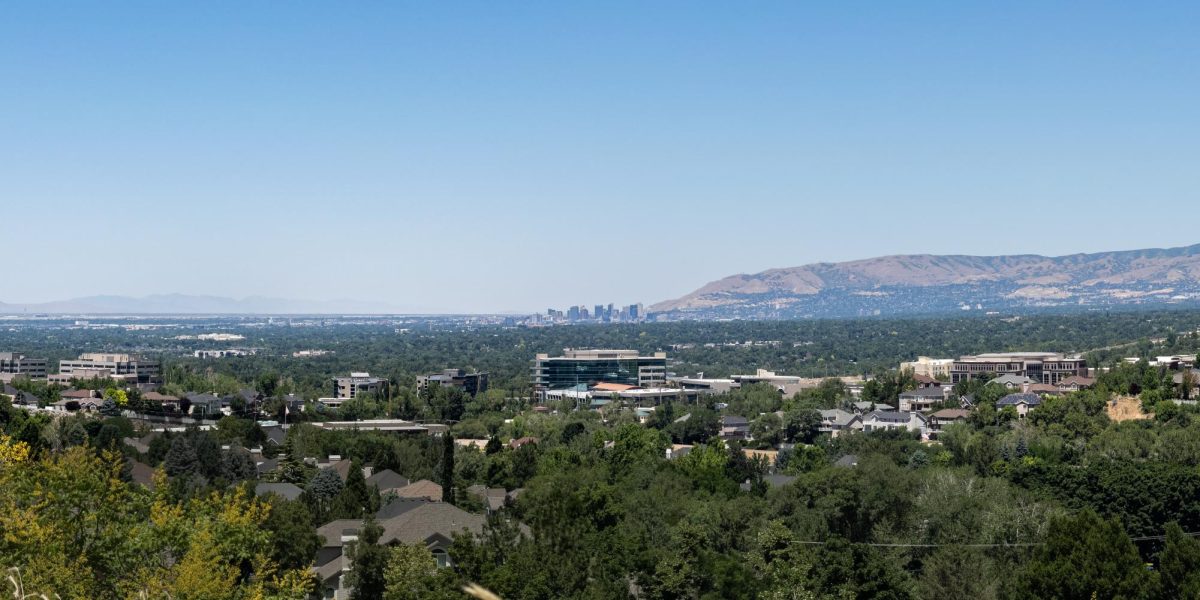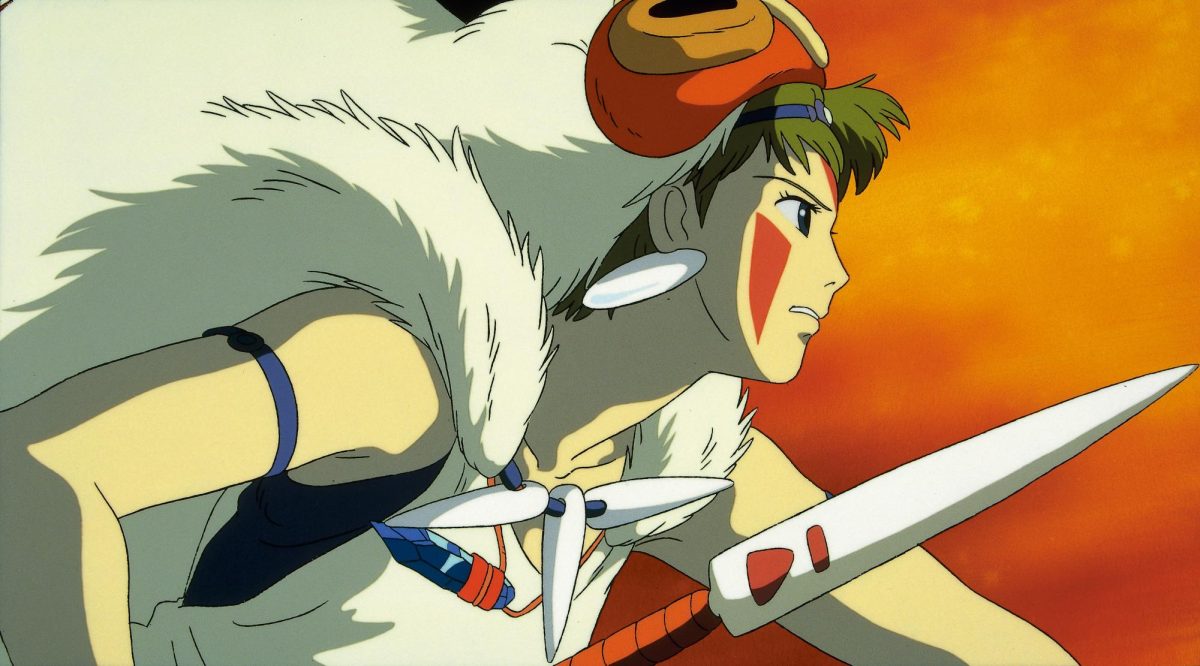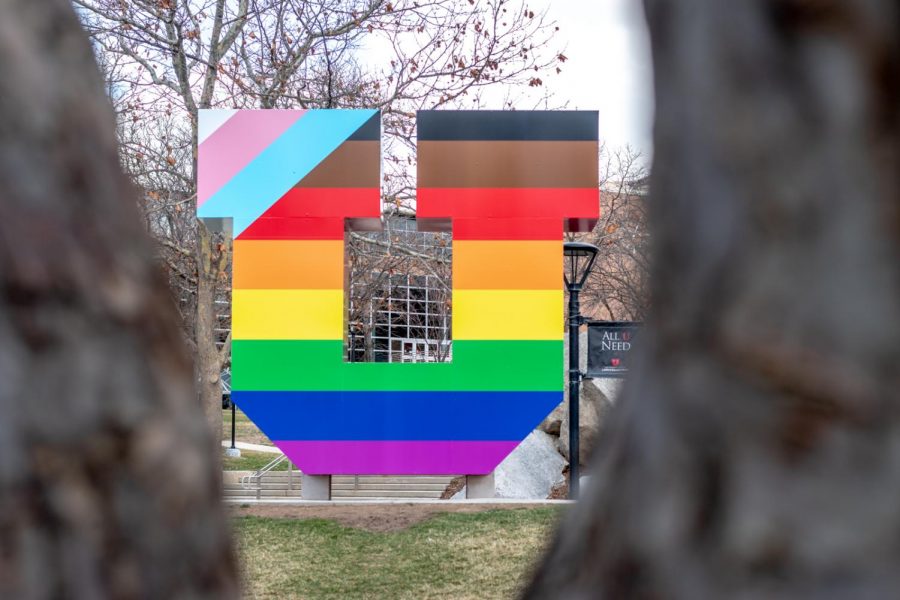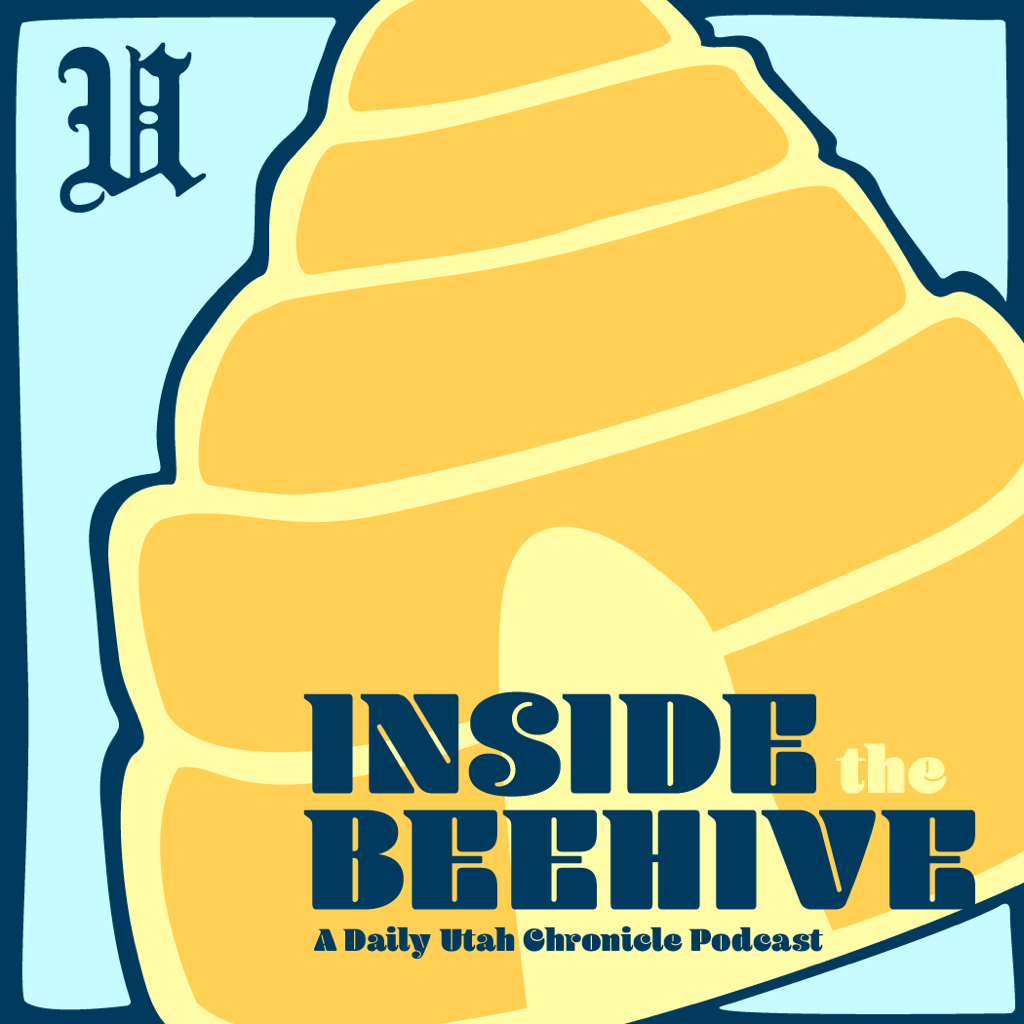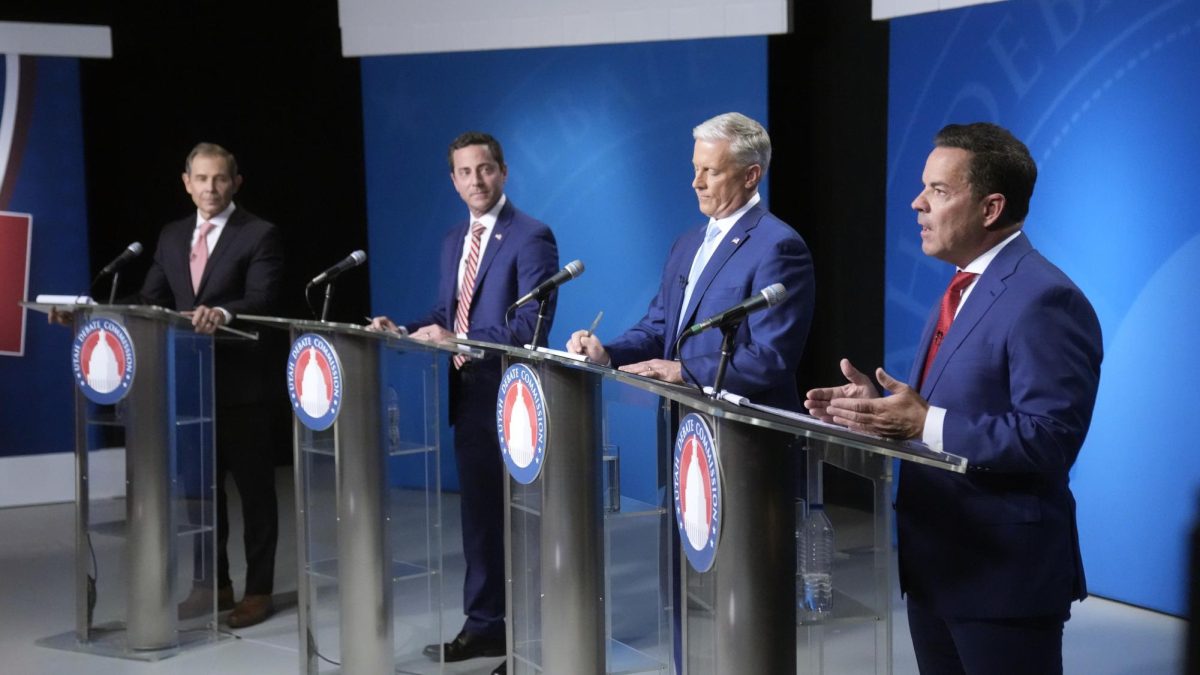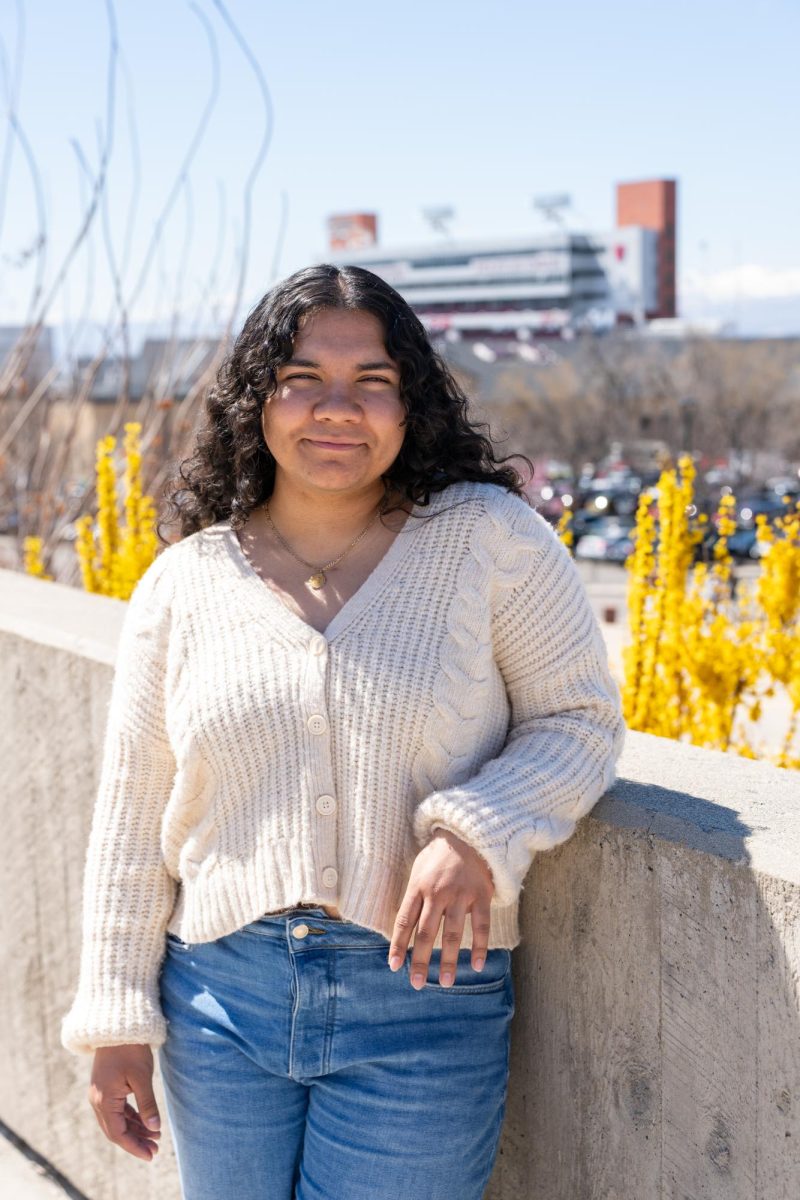For most people, having something stuck in their teeth is embarrassing. But imagine having traces of it still there two million years later.
Not much is known about Paranthropus robustus, a 4-foot-tall walking human relative, but getting a better look at samples of its teeth could solve one piece of its puzzling life.
Two U scientists were eager to decipher the diet of this ancient mammal, and they did it by analyzing the enamel found on its fossilized teeth-allowing them to peek into the dietary habits of the ancient Paranthropus.
Fossils from this type of early human ancestor are rare, said Thure Cerling, geology and geophysics professor at the U and coauthor of the study, so testing its teeth to interpret its eating habits must be done in a non-invasive manner.
Ben Passey, a graduate student in geophysics and coauthor of the study, said researchers are working to improve methods to gather samples.
Passey took the laser that the lab was already using and fine-tuned it to the point that it now only causes one-tenth the amount of damage it did before.
Collecting a sample the size of a pencil tip from the fossilized tooth gave Passey and Cerling enough material to get an idea of Paranthropus’ diet.
The stories the animal’s teeth told were surprising.
Scientists previously believed the creature was a specialist in its dietary habits, but after analyzing its teeth, Passey and Cerling discovered it was adaptable.
“The food that it was eating was highly variable,” Passey said. “We found it was switching food seasonally. While we don’t know the actual foods it was eating, we do know that it switched between savanna and forest food.”
Now that Passey and Cerling have proven they can take microscopic samples non-invasively, they want to do more work.
“This is the incremental step,” Cerling said. “This was the first in what we hope to be many more analyses.”
 Kim Peterson
Kim PetersonThure Cerling, professor of geology and geophysics, explains the significance of being able to analyze a sample with minimum damage to the specimen.
 Kim Peterson
Kim PetersonNewer technology, which uses lasers to gather samples from fossil specimens, causes one-tenth the damage to fossils compared with older methods. Because of minimal damage, Cerling and Passey were able to acquire a fossilized tooth from South Africa.
 Kim Peterson
Kim PetersonGraduate student Ben Passey drills into a tooth to show the old method of collecting samples for analysis Wednesday in the South Biology Building.


